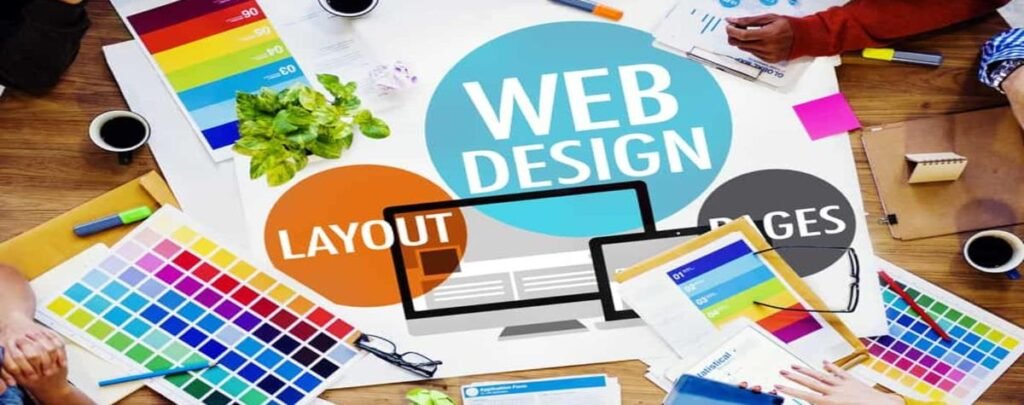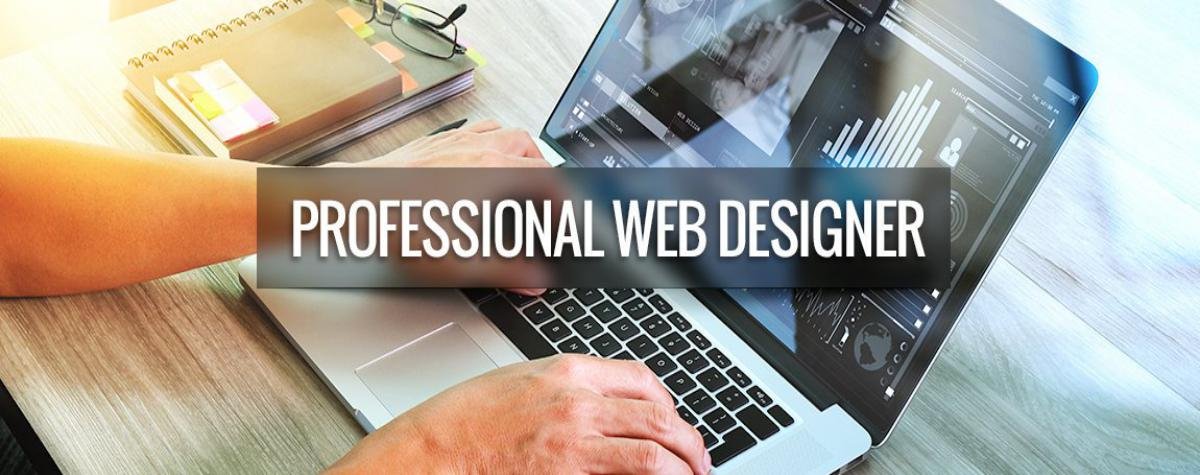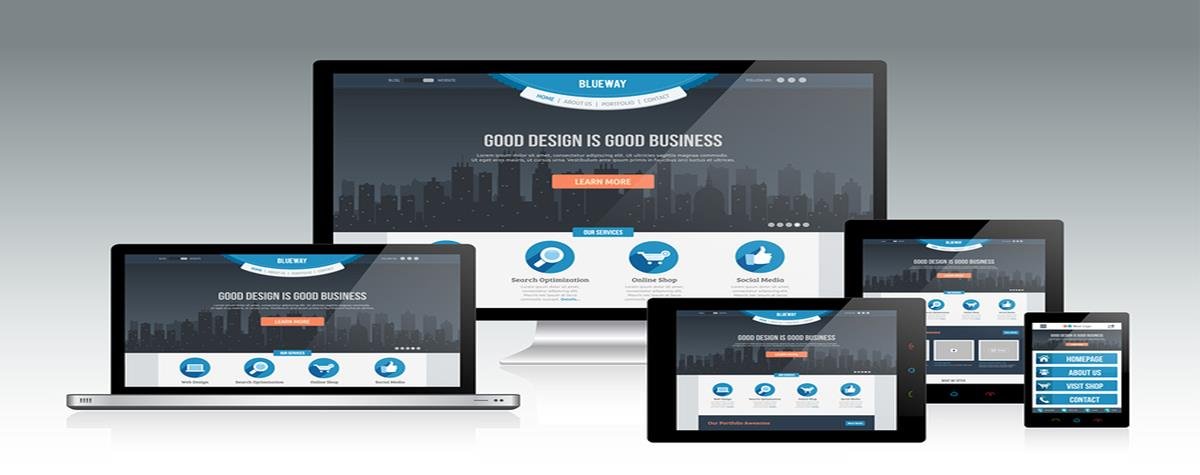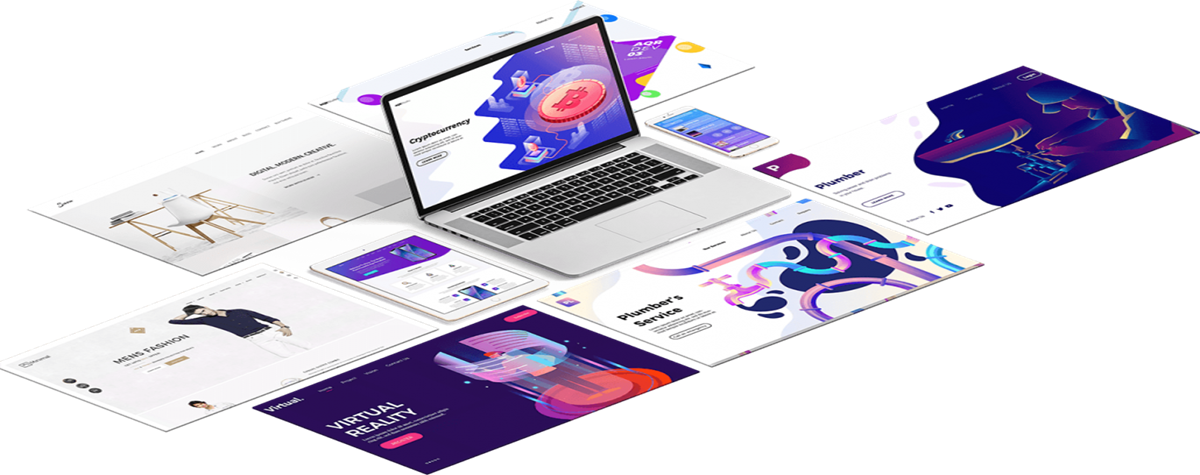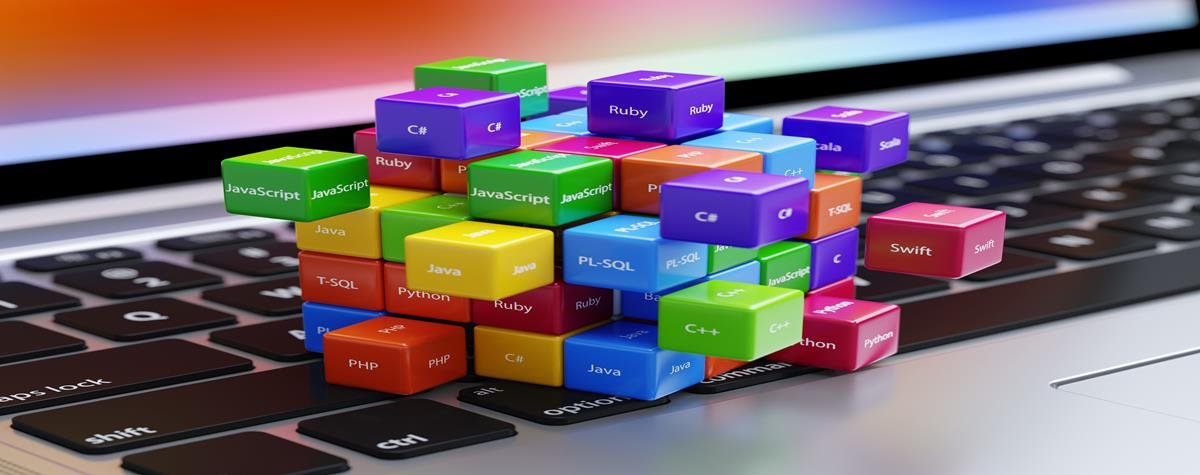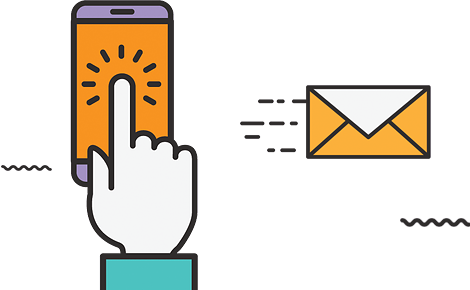The development of the Internet as a disproportionate information device is reflected in the design innovations that have changed the appearance of the World Wide Web over the years. Above all, the mobile revolution has forced web designers to radically rethink their design. Today they are supposed to present a site that fits on the smallest screens without forgetting valuable information. But also at a more specific level of web design, new trends can be observed again and again, which are already determining the Internet of tomorrow today. I present you 10 Web design trends in 2021 so that you are well prepared.
1st trend: interactive content in 3D
Three-dimensional images or graphics have not yet played a major role in web design. Those who wanted to spruce up their web projects with 3D effects mainly used videos. An exciting new web design trend is brewing to replace this static integration of three-dimensional content: users are increasingly finding websites with 3D elements that can be moved with a click or with a finger. Interactive objects of this type offer enormous potential, especially for e-commerce. This way, customers can easily see a product from all sides and from all angles in order to get the best possible picture. This online experience is very similar to the physical shopping experience where the desired product can be inspected from every angle.
Demo: https://my.deejo.com/en/37/titanium/olive/2/none/tree?currency=EUR
2nd trend: high quality graphics with SVG
The SVG image format is not really new, but it has advantages that are becoming more and more important: it guarantees a small file size, and it is very scalable, which allows it to be formatted with CSS is one of the 2021 web design trends. Since it is essentially an XML file format, the source code and the graphics themselves can be edited directly in the stylesheet language. This combination allows web designers to incorporate graphics that can adapt to the screen display, or even be changed directly by users. You can also find ready-made vector graphics (free and paid) on the Internet or create them yourself if necessary.
3rd trend: micro-interactions
Micro-interactions are a trend in UX Design where selected user interactions are accompanied by small animation effects. This can, for example, result in a “like” button that rewards the user with a motion effect or the vibration of the smartphone. For UX experts, those same details are what make up the user experience.
Demo: https://obys.agency/
4th trend: social and ecological design
Social and ecological issues have gained in importance in recent years. Companies are increasingly taking advantage of this to enter into a more intense and in-depth dialogue with their customers and users. Successive lockdowns due to Covid-19 have demonstrated the need and importance of an active Internet presence, whether on social media or on website home pages.
Sustainability initiatives or social engagement are now seen as more than just a detail and have a much greater influence on website design than a few years ago. Prominently placed photos, videos, visualizations or simulations are just as popular as a specific design that directly relates to the efforts of the company or the website operator.
Demo: https://www.henkel.com/sustainability
5th trend: infinite scrolling and parallax effect
The trend of mobile devices is already having a resounding impact on web content. One of the most important developments in this context: the switch from click to scroll. In principle, the scrolling site is an old tradition. However, design concepts such as infinite scrolling or the parallax effect continue to enjoy great popularity and therefore remain in vogue in 2021.
The parallax effect
Parallax scrolling is also not a new 2021 web design trend but continues to gain importance. The parallax movement effect has already been used for a few years as a basic component of modern websites. Through this, the individual levels of the website move at different speeds, creating a depth perception effect. Normally, the website should also display elements that prompt the visitor to take action in addition to the motion effect. Parallax scrolling can therefore be perfectly combined with interactive storytelling. The “Every Last Drop” page illustrates this very clearly.
Demo: http://everylastdrop.co.uk
6th trend: personalized user experience
One of the basic tenets of modern web design is to present web content according to the target group. In the field of electronic commerce in particular, the selection of content and its presentation must be adapted to the needs of potential customers. Whereas previously the focus was on abstract groups of people, in 2021 the individual user experience will be central to the goal.
One of the web design trends in 2021 will be the personalized website, where visitors will be able to view content according to what fits their usage patterns. The database for a personalized user interface is provided by web analytics tools such as Google Analytics or Matomo, which provide content creators with a comprehensive overview of how people interact with their web content.
7th trend: virtual and augmented reality via WebXR
Most users are used to the Virtual Reality (VR) of the entertainment industry. The video game industry in particular is investing heavily in the development of virtual reality glasses suitable for their games. In the smartphone industry, more and more applications have entered the market that use augmented reality (AR) for fun as well as practical purposes. For example, the real world changes with the help of your smartphone to help you plan an apartment interior design or to try on clothes virtually. The web is now moving in this direction as well. With WebXR, W3C has created an interface that replaces existing incomplete technology, and allows browsers to display VR and AR content.
Demo: https://mixedreality.mozilla.org/hello-webxr
8th trend: chatbots
Programs for communication tasks are not new. Chatbots come from the field of Artificial Intelligence (AI) research and are already in use today on corporate websites and online stores. Typically, these are small dialog boxes that receive questions from users and display automatically generated responses. These can be customized using machine learning algorithms. The user feels like a human employee answering questions. Chatbots are used as virtual shopping assistants or as an alternative to the classic FAQ.
Demo: https://www.mongodb.com
Demo: https://stevenkendypierre.com
9th trend: dark mode
Dark mode is a trend that is not just evident on the web but across all areas of the software industry. More and more users are placing importance on alternatives to dazzling display modes. For example, operating systems like Windows offer a dark mode, and it is even possible to enable one in browsers like Google Chrome. Very bright interfaces are indeed annoying if there is poor light in the environment. While many programs and applications can already be easily adapted, most websites are still very bright and jump out at you with unpleasant clarity. This can however be avoided.
10th trend: speed and performance become even more important
This is not so much a trend as a rule of thumb for well-designed websites: speed is increasingly important. This is in part thanks to the mobile revolution; website owners want sites that are easily accessible on the go. The faster sites load, the better the user experience: this was already the case ten years ago. In 2021, we tend to get rid of time-consuming and memory-intensive elements and focus on lazy loading to allow faster loading of websites.
Many trends in web design are born from this perspective. For example, the increasing minimalism of websites means that memory-intensive content is largely abandoned and the formats chosen reduce the need. Long scrolling sites put all the information you need on a single scrolling page. This avoids having to load several subpages in a row. In addition, the increasingly popular white space promotes the absence of elements that could reduce the loading speed of a website.

